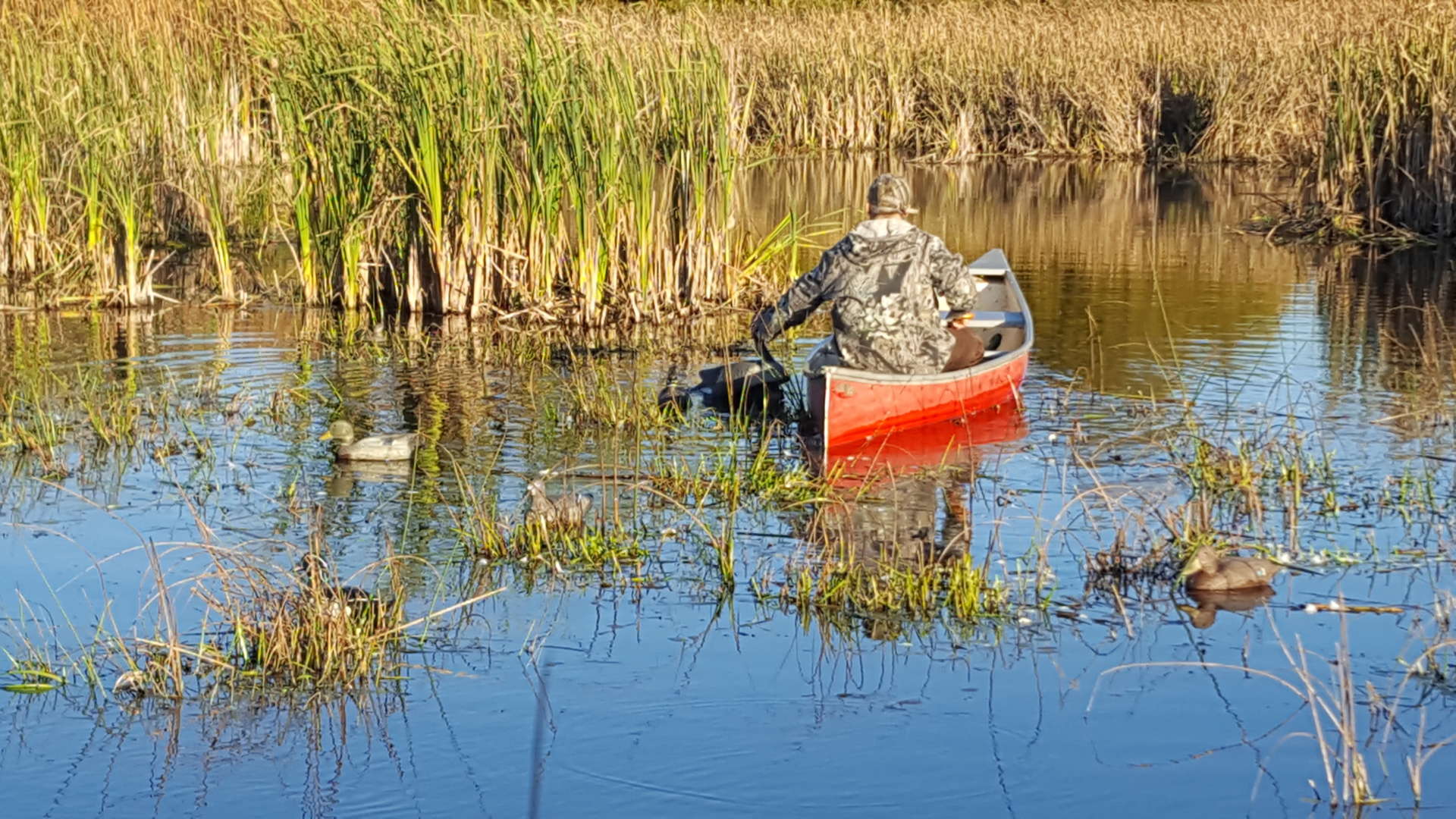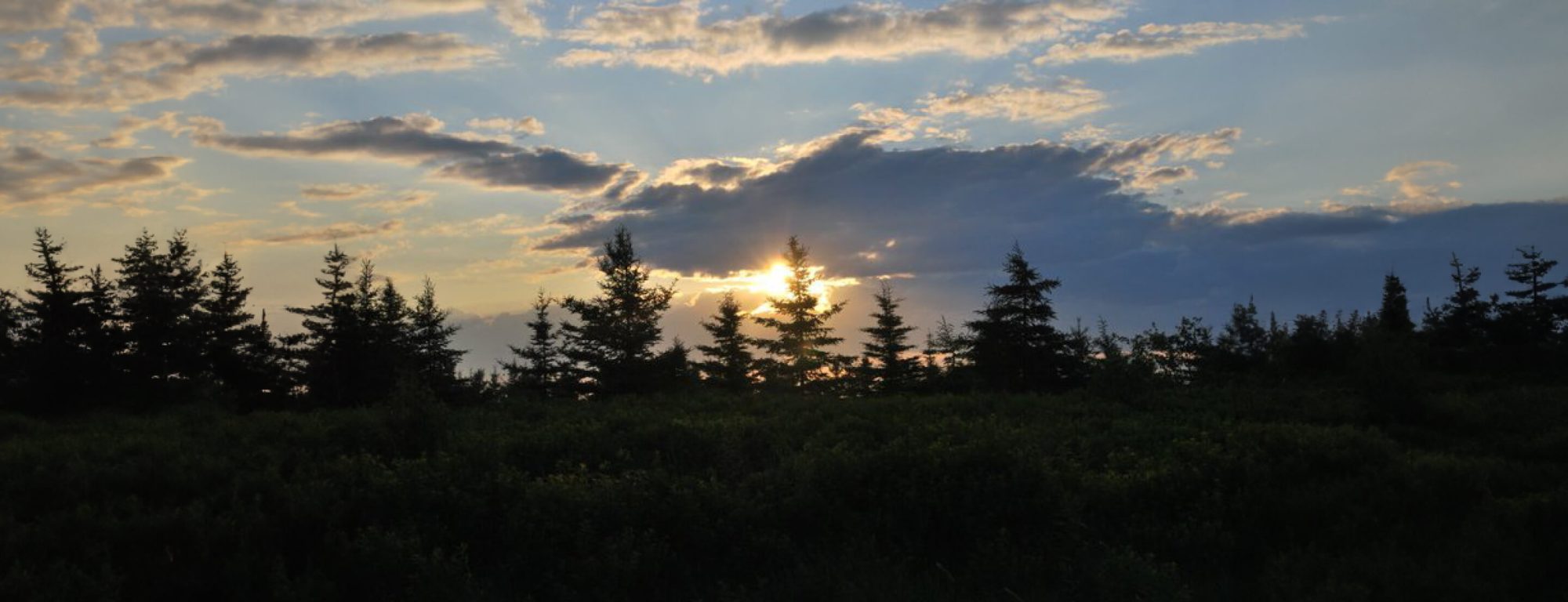
There’s no doubt, many people are confused by government conservation policies. They are often complicated documents, espousing lofty goals and objectives supported by lots of legal and technical jargon.
As a “recovering policy wonk” who worked on conservation policy for over thirty years, I’ve realized that such policy is so important, but actually quite simple.
In general, conservation policies have three bits. They describe the government’s intent to:
- Protect (keep stuff from getting screwed up)
- Rehabilitate (fix stuff that’s already screwed up), and/or
- Provide sustainable social, economic, environmental and cultural benefits (keep people happy)
Many governments implement their conservation policies by developing “balanced” programs, which spread money and efforts across these three areas. Priority is often on number 2: Rehabilitation because citizens want to see their government “fixing something”. Politicians and natural resource managers tend to focus on the build (fix) more than the maintenance (protection).
But, it’s a flawed strategy.
Truthfully, it’s generally cheaper and more effective to protect nature rather than fix it. This protection does not imply keeping people away from nature or preventing them from enjoying it. Rather, connecting people to nature increases their understanding of its value and is a great way to protect it. Engaging people in stewardship activities where one can make a personal commitment to nature is a very powerful protection tool.
The faulty premise that we can use industrial methods to fix ecosystems is a naïve approach. We try (and fail) to substitute depleted wild fish stocks with hatchery fish, replace nature’s flood control systems (wetlands) with engineered berms and dykes, eradicate invasive species instead of preventing their introduction, and attempt to restore species at risk that could have been protected before they came under threat of extinction.
Whereas habitat loss or alteration often leads to unintended consequences that are difficult to fix, protecting nature (and habitat) is the best investment to provide sustainable benefits (i.e. keep people happy).
Although rehabilitation is necessary in some cases to protect ecosystem and human health. Governments should be implementing their policies by developing “unbalanced” programs where high priority is on protection (keeping stuff from getting screwed up).
Need convincing? If you prefer your coffee black, is it better to “protect” it from cream and sugar, or to order a double-double and then try to “rehabilitate” it back to black?
Seems obvious, right? But for some reason conservation programs across Canada are focused on rehabilitating nature’s double-doubles instead of working to keep them intact (or simply black).
Here at WHC, we recognize the importance of safeguarding wildlife and their habitats before the double –double situation arises. We support stewardship projects that connect people with nature, science projects that can support better policy decisions and investments in the protection of ecosystem health.
We also recognize the importance of waterfowl hunters as ambassadors for conservation. If you’ve ever spent a few hours sitting in a duck blind, you understand why waterfowl hunters care and why so many hunters support WHC’s conservation investments. Find out how waterfowl hunters are partners in conservation initiatives.

